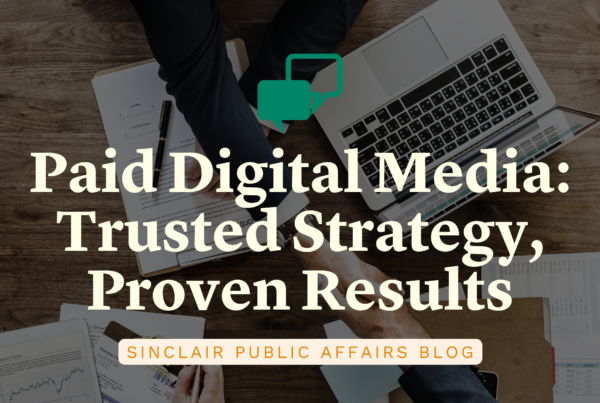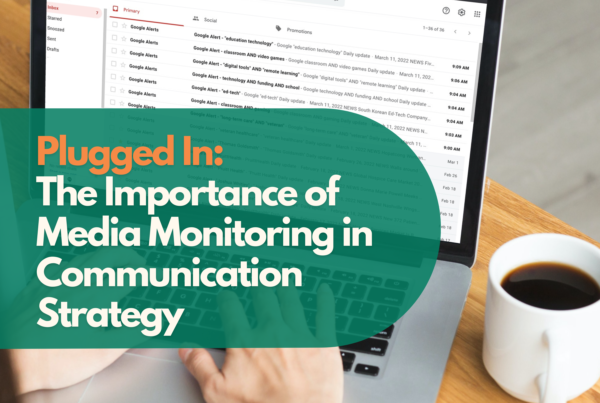As we head into 2020, and for most companies the end of the fiscal year, it’s only natural to reflect on 2019. What public relations goals did you set for 2019? Were they met? What do you wish you would have known last year? Now is the perfect time to assess your 2019 PR goals and start setting some goals for 2020.
Identifying Target Publics
The first step in PR goal-setting is researching who you want to receive your message. Check out your data from 2019 and answer these questions:
- Who is your target demographic?
- Are you currently reaching your target publics?
- Are than any demographics you could be overlooking?
This is an important step before setting goals. Before you want to prioritize social media and paid digital ads, make sure your target publics use them. Additionally, once addressing the tactics needed to achieve your goals, the more specific you can be about your target publics and their attitudes, the more effective your campaign will be- and the further your dollar goes.
Goal Setting
Drafting goals is the next step in setting PR goals- however, PR goals need other methods than most other goal-setting techniques you may have heard of. For example, PR goals do not follow the traditional SMART goal setting methods. PR goals should be big picture and non-measurable. It is best practice to see how your PR goals relate to the overall mission of your organization.
An example of a PR Goal would be
Increasing firm clients
Drafting Objectives
Objectives are the second step in setting PR goals. Objectives DO follow the traditional SMART goal setting methods. Objectives should be specific and concise, measurable, attainable, realistic and have an established timeline.
An example of a PR Objective would be:
Goal: Increasing Firm Clients
- Objective 1: Increase website visits by 10% each month.
- Objective 2: Increase social media followers by 15% each month.
- Objective 3: Increase foot traffic by 10% by the end of 2020.
Now that you have set objectives, revisit them and make sure that you have the capacity to measure each of them. For example, if your goal is to increase foot traffic- do you have someone in place or a software that measures foot traffic? If not, then you may have to revisit this goal and frame it in a different manner. Perhaps an alternative objective could be increasing phone traffic and installing a Google call button that can measure it for you.
After you have set goals, and objectives- how do you meet them? Accomplishing all this may seem overwhelming, which is where PR firms come into play to help you achieve your goals and objectives. PR firms can collaborate with you on your existing goals and objectives and are the best equipped to define your tactics. PR professionals have the best experience in existing fields- like social media, press conferences and media relations. They can help you decide which tactics are best to meet your goals.
PR firms are typically specialized and can guide you towards different tactics based on your demographics, goals and objectives. This guidance by PR firms typically saves you from costly trial and error and their preexisting relationships with the media helps you ensure you are meeting your targeted audience. After a PR firm defines your tactics, it is importantly to constantly be evaluating them throughout the year. Check in with you PR firm for social media insights, website analytics and anything else that can help track progress so your 2020 goals are met.




